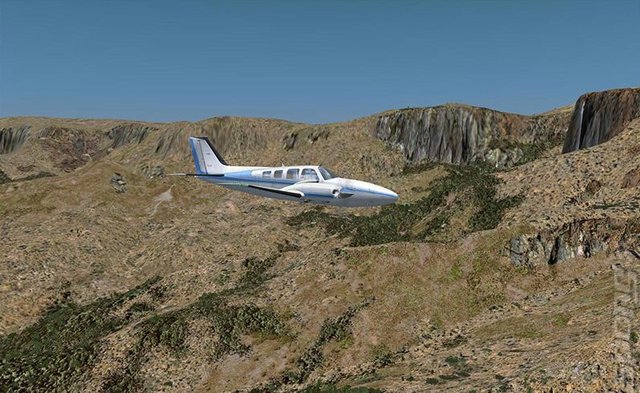

MSP data were weighted by square root of number of prevalent cases. By an ecological study with using meta-regression analyses, the relationship of MSP with GL, AMAG60 and AGRAPH60 were evaluated separately. Geomagnetic coordinates were determined for each location and AMAG60 was calculated as absolute value of numerical difference between its geomagnetic latitude from GM60L. MethodsĮnglish written papers with MSP keywords, done in Europe (EUR), North America (NA) or Australasia (AUS) were retrieved from the PubMed. We did the same with angular distance to geographic 60 degree latitude (AGRAPH60) as a control. The easiest way to evaluate our hypothesis was to test the association of MS prevalence (MSP) with angular distance to geomagnetic 60 degree latitude (AMAG60) and compare it with the known association of MS with geographical latitude (GL). Areas around geomagnetic 60 degree latitude (GM60L) experience the greatest amount of GMD. Seasonal trends of transparency (Secchi disk depth) at Station C III.We noticed that a hypothesis based on the effect of geomagnetic disturbances (GMD) has the ability to explain special features of multiple sclerosis (MS). In the meromictic basins, only some part of the monimolimnetic water (approximately 1% of the total lake volume) is mixed with the upper mixolimnetic water during the whole circulation period (Q).Į. Although this latter thermocline tends to be instable due to advection and buoyancy force caused by the inflow of hot underground water, it usually persists for some weeks after the disappearance of the main seasonal thermocline.

Rowing events of 1992 Olympic Games were held here, and works for improving rowing track and restoring reed belt are currently going on in the lake (Q, 7, 9, 10, 11, 14). Recreation, sightseeing and tourism are also the use of the lake of great importance. The lake is used as a source of potable water for the town of Banyoles with a population of about 13,000, located to the east of the lake outside its catchment area. This process has been increasing in recent years, evidencing the advance of cultural eutrophication caused by excess fertilizer application on crop fields in the lake's catchment area. In late summer, the bottom water in the basins of North Lobe becomes completely anoxic, and accumulates sulfide due to sulphate reduction. The hardness of the lake water is considerably high, due to carbonates and sulfates loaded by subterranean water. All of them have only one period of stratification during summer.

Whereas the basins C III, C IV are meromictic, the basins C I, C II, C V, and C VI are holomictic. The basins differ considerably in water quality, physical conditions and mixing dynamics. From the east side of the lake five channels, constructed during the Middle Ages to canalize water and feed nearby marshes, flow out. The bottom inflow is about 40,000 m3 day 1, accounting for more than 80% of the whole inflow to the lake. Therefore the lake is continually heated by the incoming groundwater, which considerably decreases the heat budget. The temperature of this slurry is nearly constant through the year (18 19deg C) and higher than that of the overlying hypolimnetic water. In some of these basins, water is incoming from the bottom through different underground sources (up to 12) and maintain marly and argillaceous basement materials in suspension, forming a discrete layer of high density (1,100 1,400 kg m-3). Lake Banyoles has a complex bathymetry because it is an assemblage of six basins (polje), formed by different episodes of collapse and grouped in three major lobes. It is the last remnant of a much bigger lacustrine system developed during Pliocene Quaternary periods, and was formed due to the dissolution of underground gypsum bed and the collapse of overlying layers. It is the largest lake in the complex karstic system of Banyoles, with a surface area of 1.12 km2 and a maximum depth of 46.4 m. The lake belongs administratively to the City Council of Banyoles. Lake Banyoles, the main lake of Catalonia, is located in the northeast of Iberian Peninsula, near the town of Girona (100 km from Barcelona). LAKE BANYOLES An aerial view of the whole lake


 0 kommentar(er)
0 kommentar(er)
